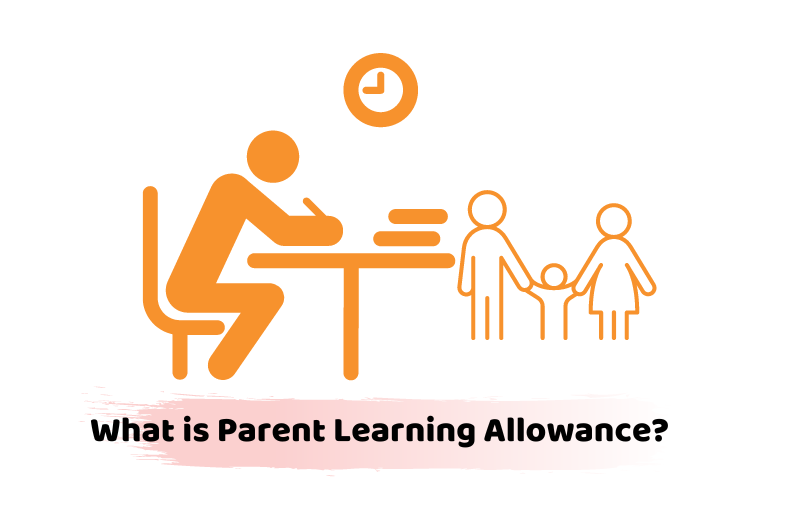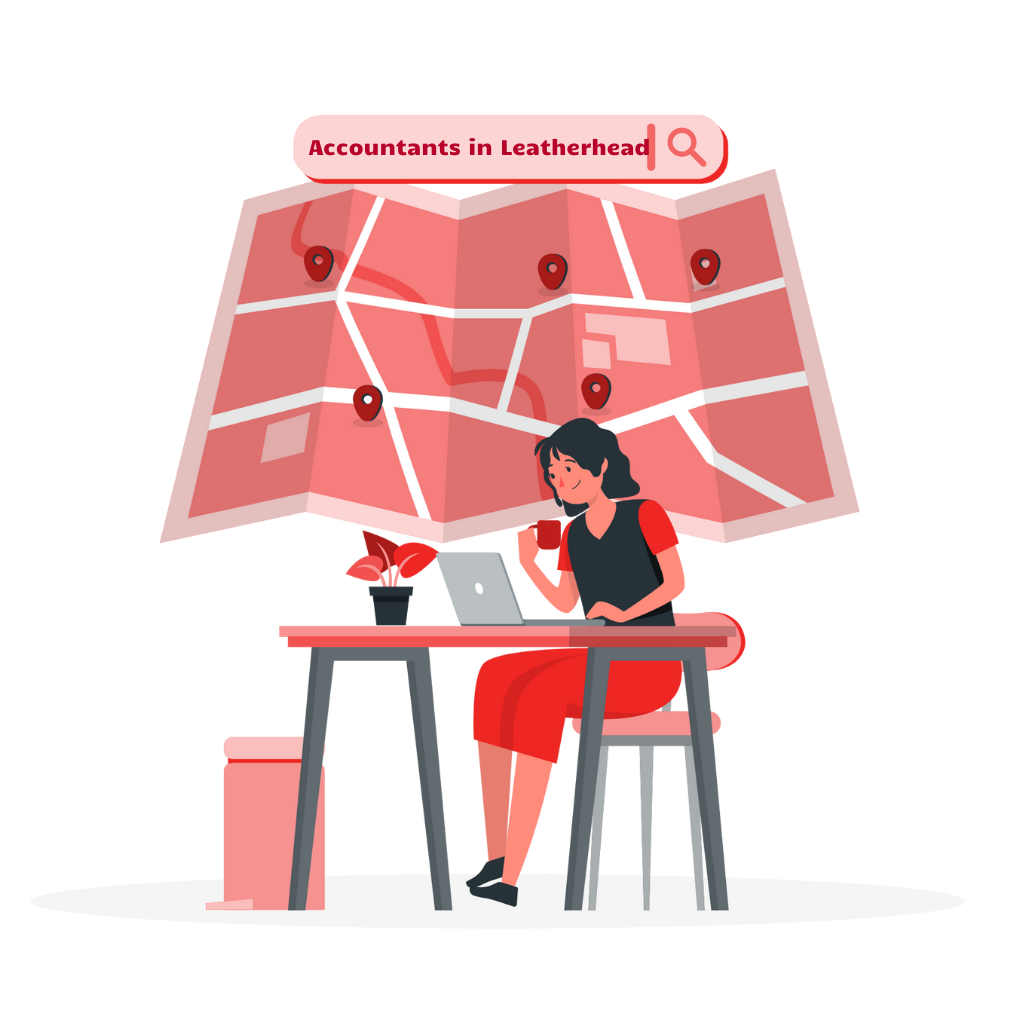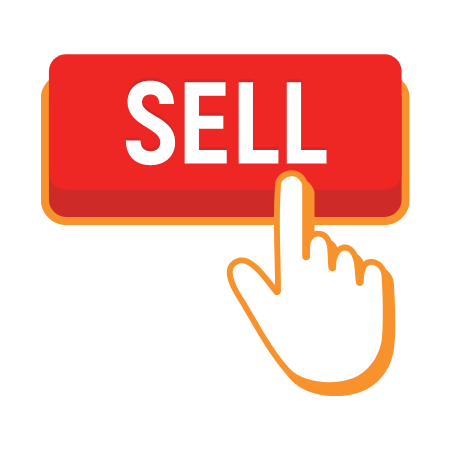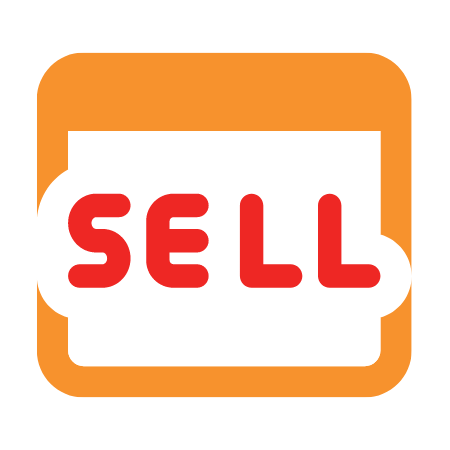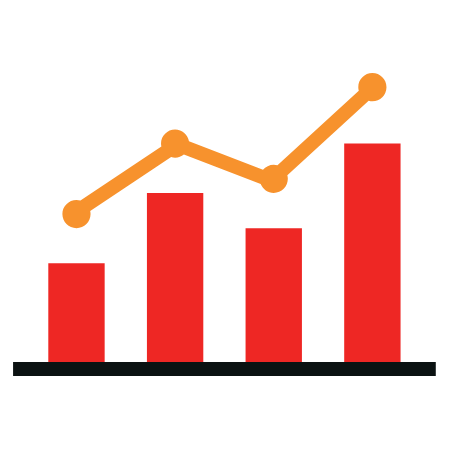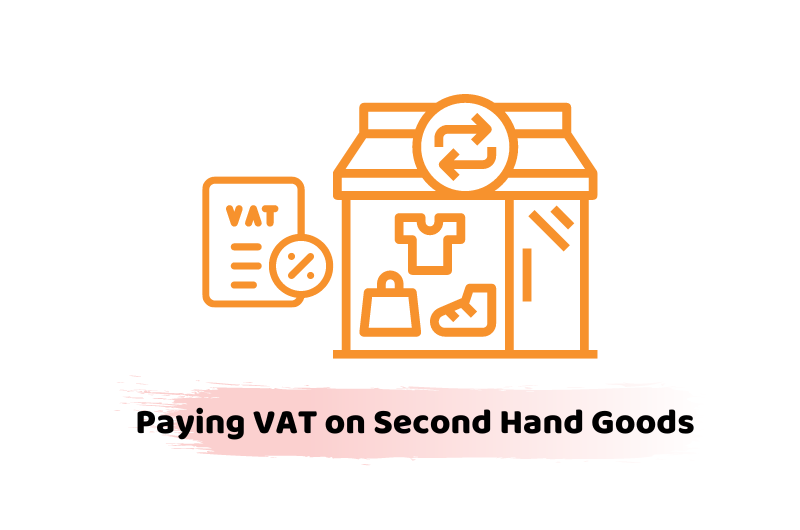There is a huge market in the UK that deals with selling and buying second-hand products. Many individuals are interested in selling unwanted goods for the sake of profit and becoming part of running this market. Also, the businesses that tend to sell their unwanted business products are also part of this market activity. However, do you know that there is the involvement of VAT in this as well? What is VAT on second-hand goods? People enquire a lot about the role of VAT in selling second-hand products. You must wonder what is VAT on second-hand goods and what is the amount to pay for such businesses.
Well, this comprehensive article is designed to answer your frequently asked questions like what is VAT on second-hand goods, what is the VAT margin scheme, how to check whether I am eligible or not, how to get registered for this scheme, and what is the procedure to calculate the VAT margin.
Get in touch with one of our professionals to learn more about VAT on second-hand goods. We will love to hear out your queries and provide instant solutions.
What is VAT on Second-Hand Goods? – The VAT Margin Scheme
With the help of the VAT margin scheme, you will get the benefit of paying less amount of VAT on second-hand goods. How much VAT you will pay on your selling items will depend on the purchase prices of your goods and the resale price. Then you will have to pay 16.67% of the VAT on the difference between the purchase price and resale price. The VAT margin scheme will give you benefits while you are planning to resale certain goods from your store. A reduced amount as VAT payable will be paid by you.
These goods involve some certain kind on which you were even unable to claim VAT after you made the purchase. This explains that you no longer have to worry about VAT liabilities and consider the full selling prices of such products. In some cases, the second-hand items are sold out but the resale price is less than the purchase price. If this is the case, you are not accountable to pay VAT in such circumstances.
How to Check Whether I am Entitled to the VAT Margin Scheme?
You can use the VAT margin scheme for all types of items but there are certain cases that can come under this. The eligible common items that are eligible for the VAT margin scheme are listed below.
- Collectors’ items
- Antiques
- Art pieces
- Second-hand goods
Then there is a list of items that explains these are not eligible for the VAT margin scheme.
- Precious stones
- Investment gold
- Precious metals
- Any other item that you have purchased and it included VAT.
Moreover, the collectors and the antique pieces come under a point of contention. This is imperative to understand that all collectible items are not eligible for this scheme. Because there is involvement the government collects the currency, archaeological or scientific interest. The same way for an antique piece is eligible when the life of this collectible is more than a duration of 100 years.
Will I Require to Get Registered for this Scheme?
When you find yourself or your business in a position to be eligible for the VAT margin scheme, the first important thing you need to do is to get registered for VAT payment. However, people often enquire whether there is a separate need of getting registered with this scheme.
The answer is no, you are not required to have a separate registration to get the benefits of this scheme. The only requirement is that you will have to meet all the conditions debt for the eligibility criteria and you are good to go. While you are doing your VAT returns, you can easily use it.
What is the Procedure to Calculate the VAT Margin?
The first important step while you aim to calculate the VAT margin is to have the detail of your purchase price of the specific items. In addition, you will also need to know the price at which you sold these items. The figure you will obtain as the difference between the price of product purchase and the selling price will help you to do the procedure of calculating the VAT margin.
People often confuse it with the profit margin, however, this is not similar to that. You are allowed to exclude if there is the involvement of any extra cost that is associated with the processor selling the item. The refurbishment and the repairing cost of the team that you have invested in before selling the items are a few such examples of extra costs.
The Bottom Line
Now that you have gathered a fair amount of information about VAT on second-hand goods, we can bring the discussion towards wrapping up. Paying VAT on second-hand items can sound like a complicated process. However, if you understand the relevant instructions and how to go about the procedure with the help of the VAT margin scheme, you will maximise your benefits in this business. We hope these few minutes of reading will help you to develop a better understanding of VAT.
Call or request a callback to speak to one of our professionals to discuss your queries about VAT. We are available from 9:00 am – 05:30 pm Monday to Friday.
Disclaimer: The information about the VAT on second-hand goods is provided in this article including text and graphics. It does not intend to disregard any of the professional advice.


























